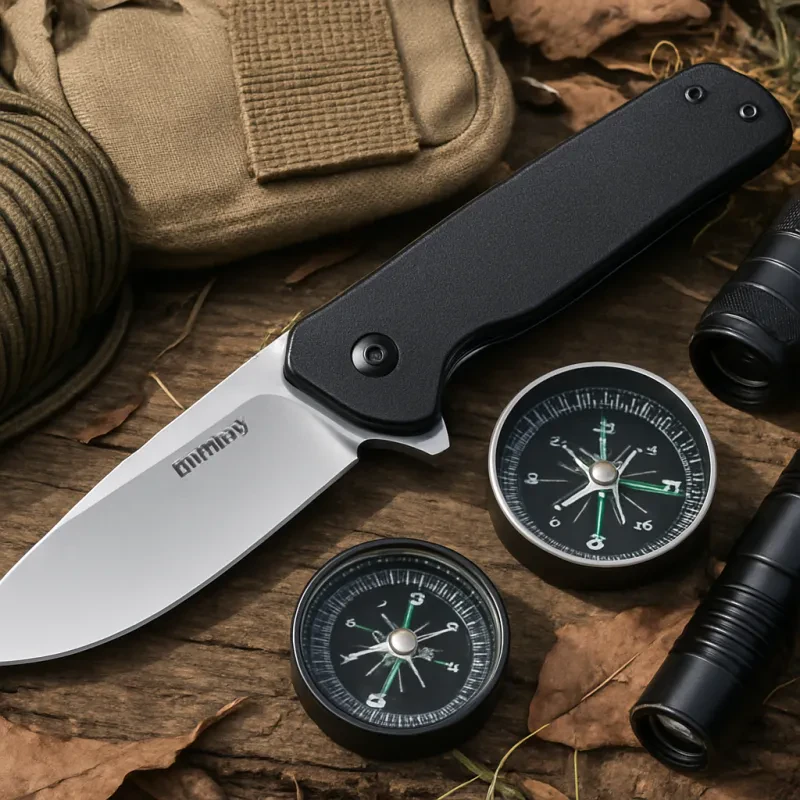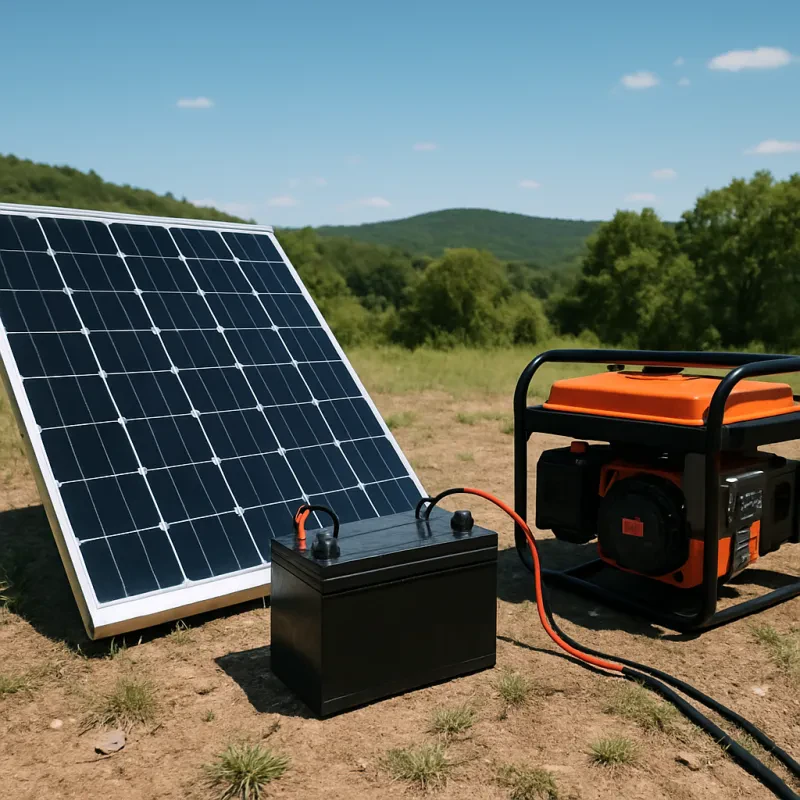What Kind of Communication Devices Should I Have in an Emergency Kit?
In the face of emergency situations, maintaining reliable lines of communication can prove to be a lifesaver. Building a robust emergency kit is a prudent move, and incorporating a variety of communication devices is essential. Here, we delve into the types of devices you should consider including in your emergency kit to ensure uninterrupted connectivity even in the direst of circumstances.
1. Smartphone with Emergency Apps
Today’s smartphones are a powerhouse of functionalities. Besides basic communication, they host a range of applications that can be incredibly useful in emergency situations. Consider installing apps that provide emergency alerts, first-aid guides, and maps for offline navigation. Always ensure your phone is charged and paired with a high Mah portable power bank.
2. Solar-Powered or Hand-Crank Radio
Having a solar-powered or hand-crank radio ensures you can receive updates and critical information from government agencies without relying on electricity. These radios often come with additional features like a flashlight and a USB port to charge your devices.
3. Satellite Phone
In situations where cell towers are down, a satellite phone can be a lifeline. Satellite phones rely on satellite networks, allowing you to communicate from virtually anywhere on earth, albeit at a higher cost compared to regular mobile phones.
4. Personal Locator Beacon (PLB)
A PLB is a device that sends out a distress signal with your location to search and rescue services. It’s a must-have for adventurers and can be a lifesaver in emergency situations where traditional communication lines are unavailable.
5. Two-Way Radios
Also known as walkie-talkies, these devices can facilitate communication over short to medium distances without relying on cell towers. They are especially useful for keeping in touch with family members or group members in areas with no cellular reception.
Motorola Talkabout T465 Radio Bundle, 35 Mile, 2-Pack
Keep Your Communications Secure with the Motorola Talkabout T465 Radio Bundle
Product information
Product Review Score
4.83 out of 5 stars
104 reviewsProduct links
6. Signal Mirror
A signal mirror is a simple yet effective device to signal for help. By reflecting sunlight towards a potential rescuer, it can communicate your location during daylight hours over considerable distances.
7. Whistle
A whistle can be heard over longer distances than a shout, making it an excellent tool for signaling for help. Choose a whistle that is loud and can be heard over the noise of wind and rain.
8. Emergency Flares
In a severe emergency, especially in remote locations, flares can be used to signal distress to passing ships or aircraft. They are a universal signal for help and can be seen from great distances.
9. Pen and Waterproof Notepad
Sometimes, leaving a written message can be the only way to communicate your whereabouts or situation. A waterproof notepad ensures that your message will survive even in adverse weather conditions.
Building a comprehensive emergency communication kit is a multifaceted task that involves considering various scenarios and environments. By including a diverse array of devices in your kit, you ensure that, come what may, you have the means to reach out and connect with others, potentially safeguarding your life and the lives of those with you. Remember always to keep your kit updated and to familiarize yourself with the operation of each device to be prepared fully.



